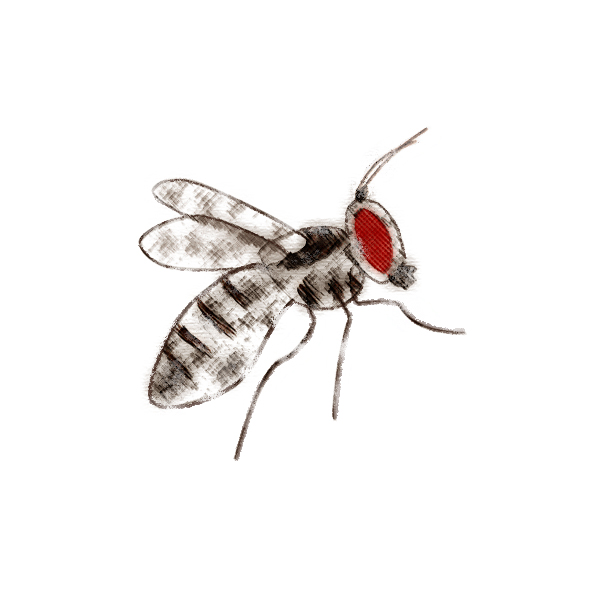The cardini species group contains sixteen described species divided into two subgroups, cardini and dunni (Heed and Krishnamurthy, 1959; Baechli, 2005). This species group is entirely Neotropical in distribution, and many members of the dunni subgroup are endemic to single Caribbean islands. Heed and Russell (1971) generated a polytene chromosome phylogeny of this group that supports the monophyly of each subgroup.
Within the cardini subgroup, several sibling species pairs are found (D. bedichecki and D. cardinoides, D. parthenogenetica and D. procardinoides, D. neomorpha and D. polymorpha). Drosophila neocardini and D. cardini are basal in the cardini subgroup. Within the dunni subgroup, chromosomes are unable to resolve much structure, other than the fact the D. acutilabella is basal in this clade. Hollocher (1998) generated a phylogeny of the dunni subgroup using mitochondrial DNA sequences. This phylogeny adds structure lacking in the chromosome study. The dunni- belladunni- similis complex recovered in the chromosome analysis is basal and paraphyletic with respect to the remaining dunni subgroup species. Drosophila nigrodunni and D. antillea form a sibling pair, in agreement with their abdominal pigmentation patterns.
The cardini group has been studied extensively, primarily because of the fascinating cline in abdominal patterns found in the Caribbean members of the dunni subgroup (Heed and Krishnamurthy, 1959; Hollocher et al., 2000a; 2000b). Hollocher et al. (2000b) discuss some models to account for this color pattern.
(excerpted from Markow and O’Grady, 2006, Chapter 1)
Showing all 12 results

